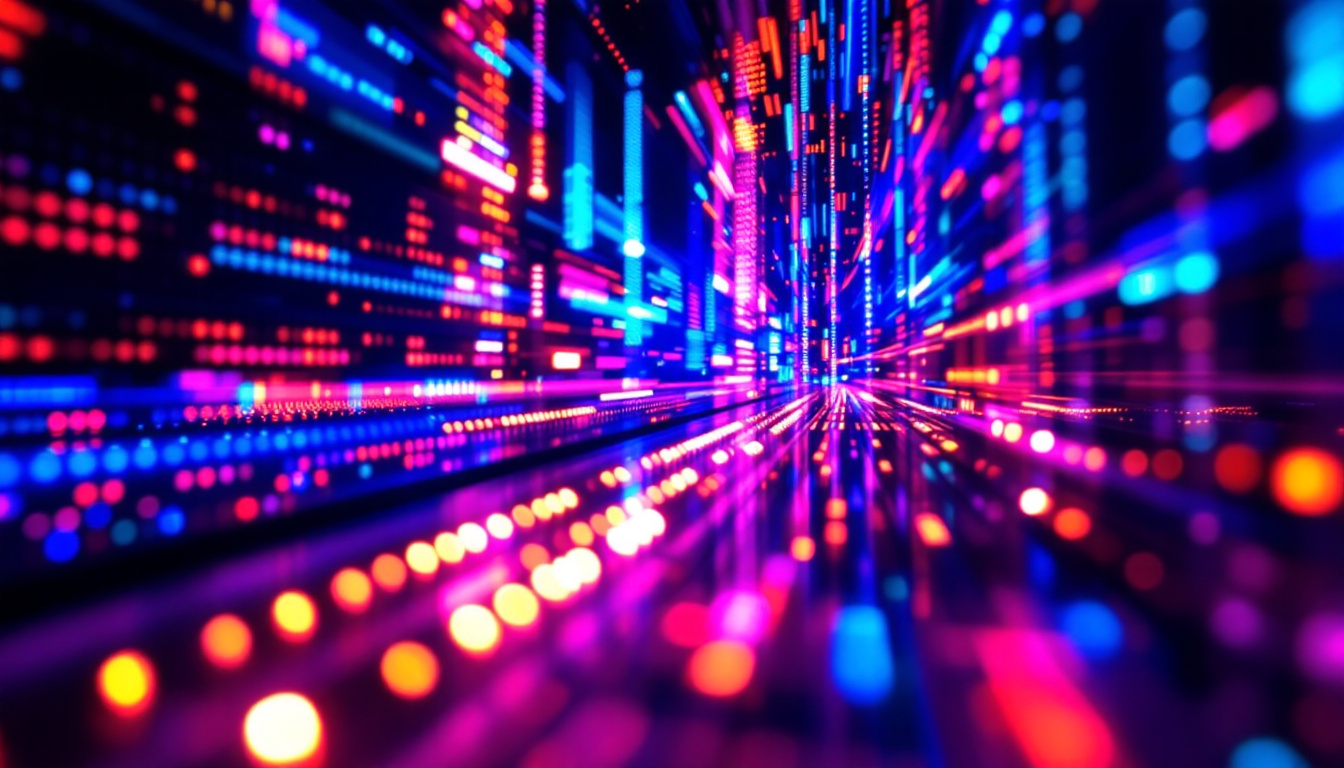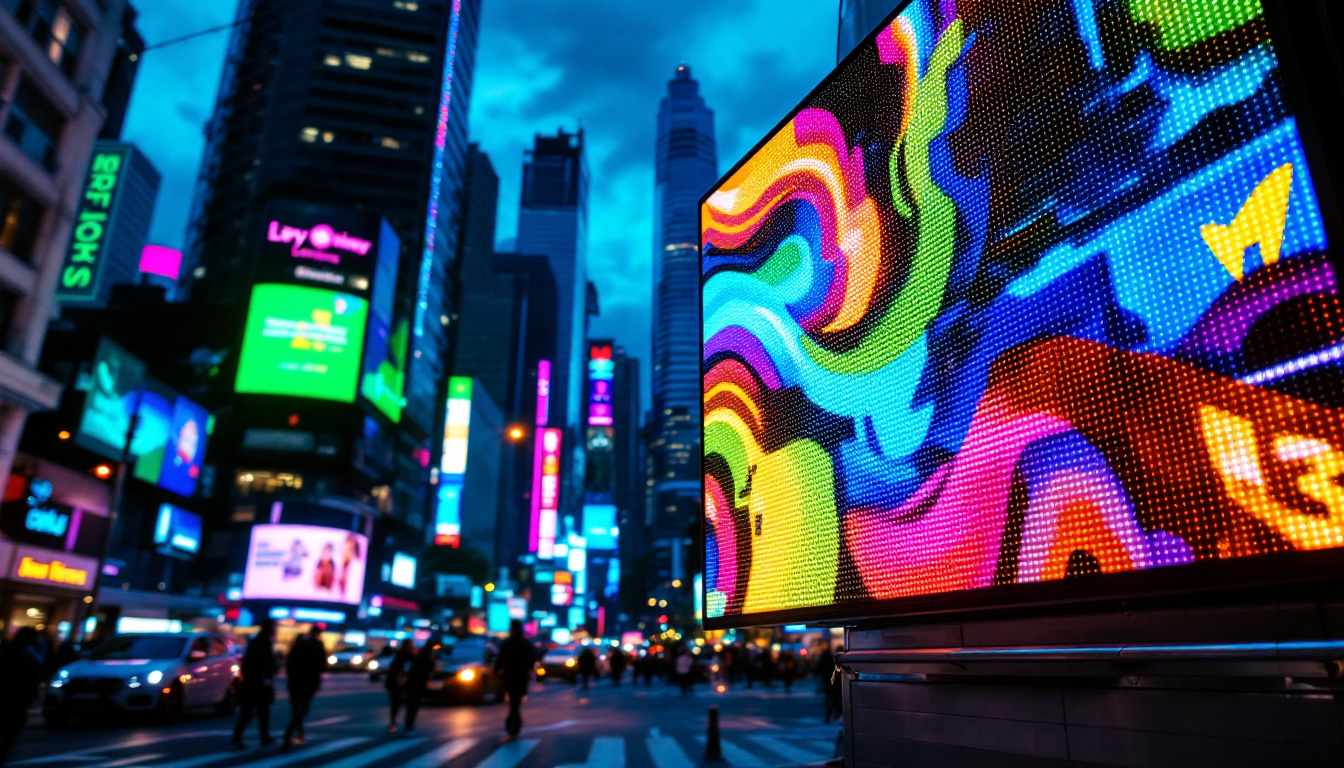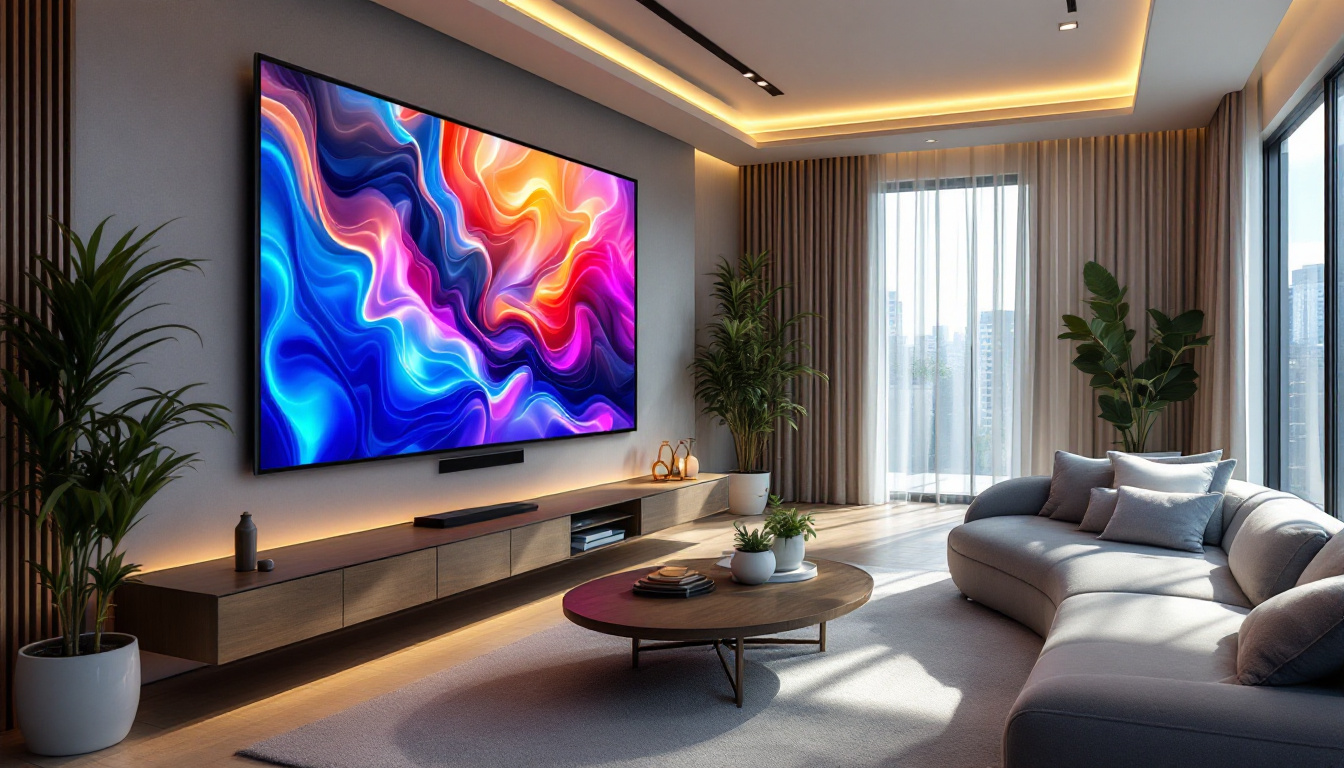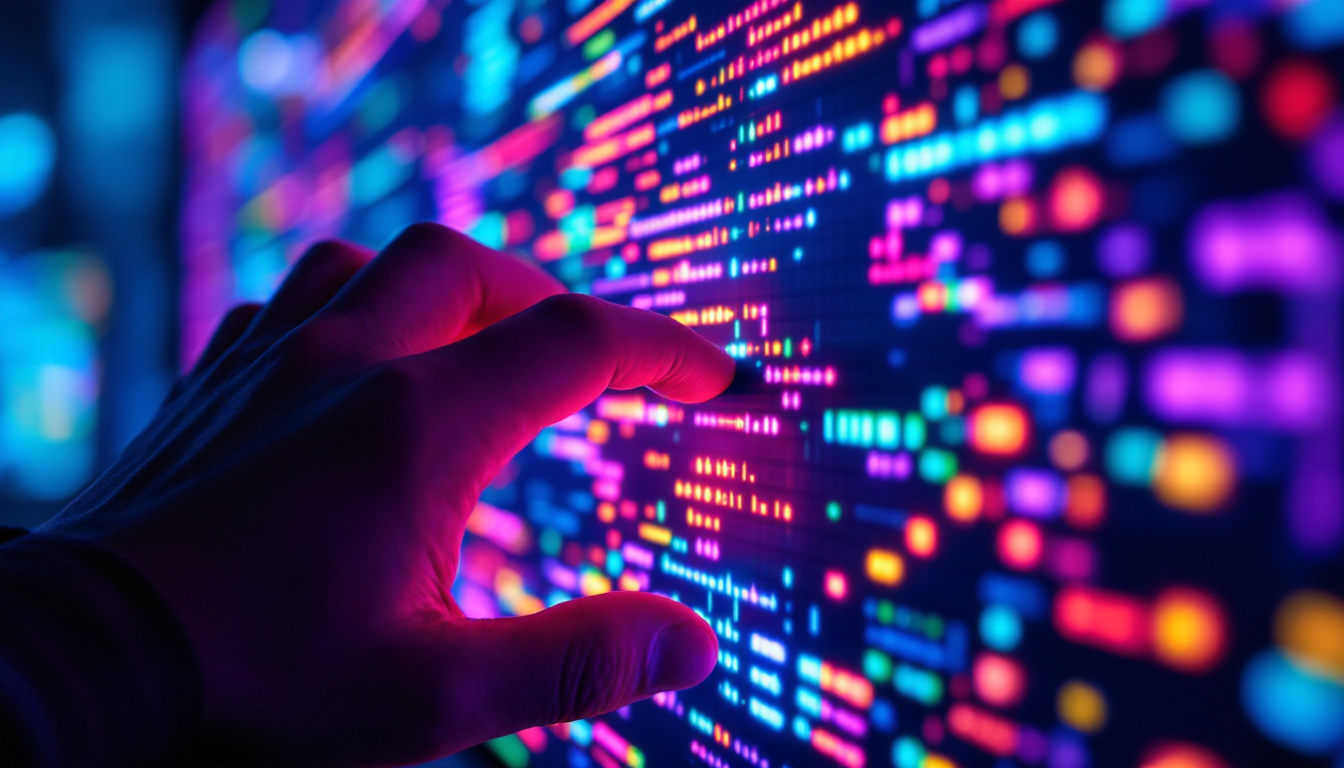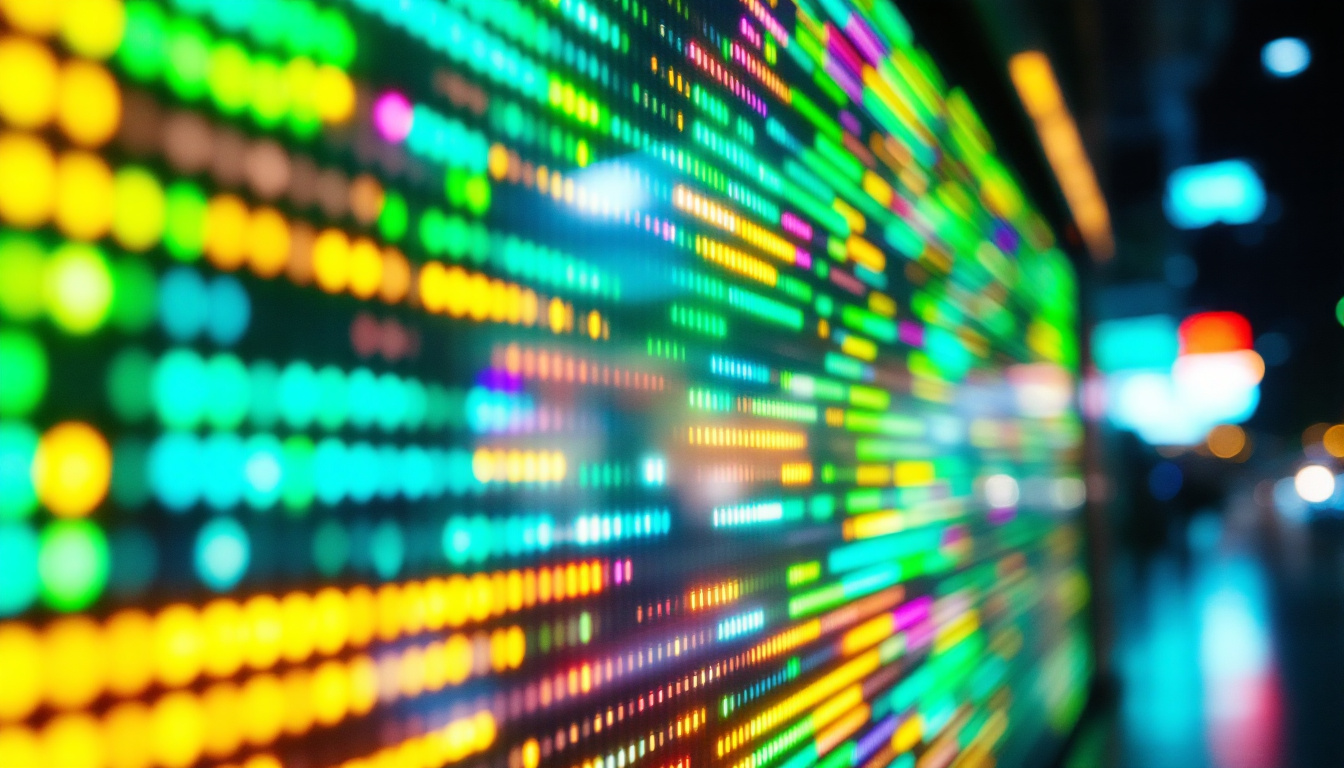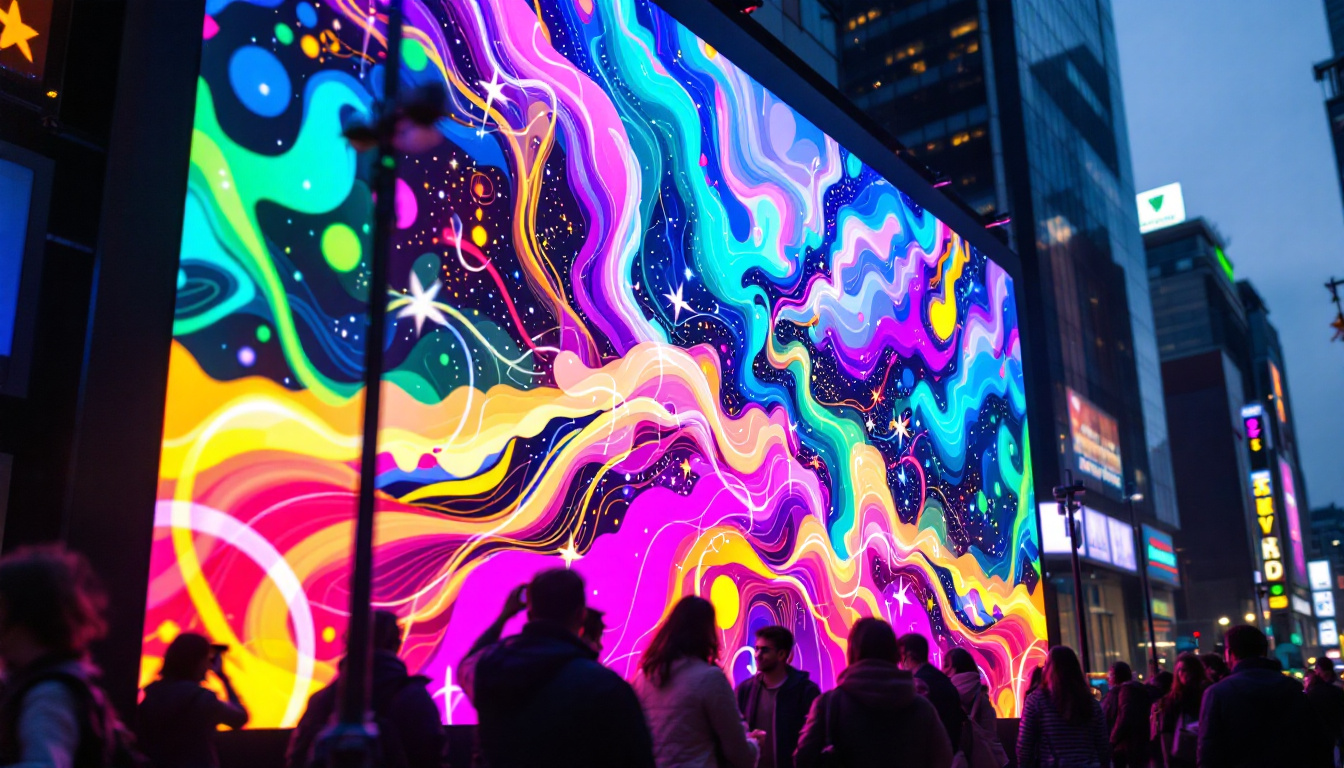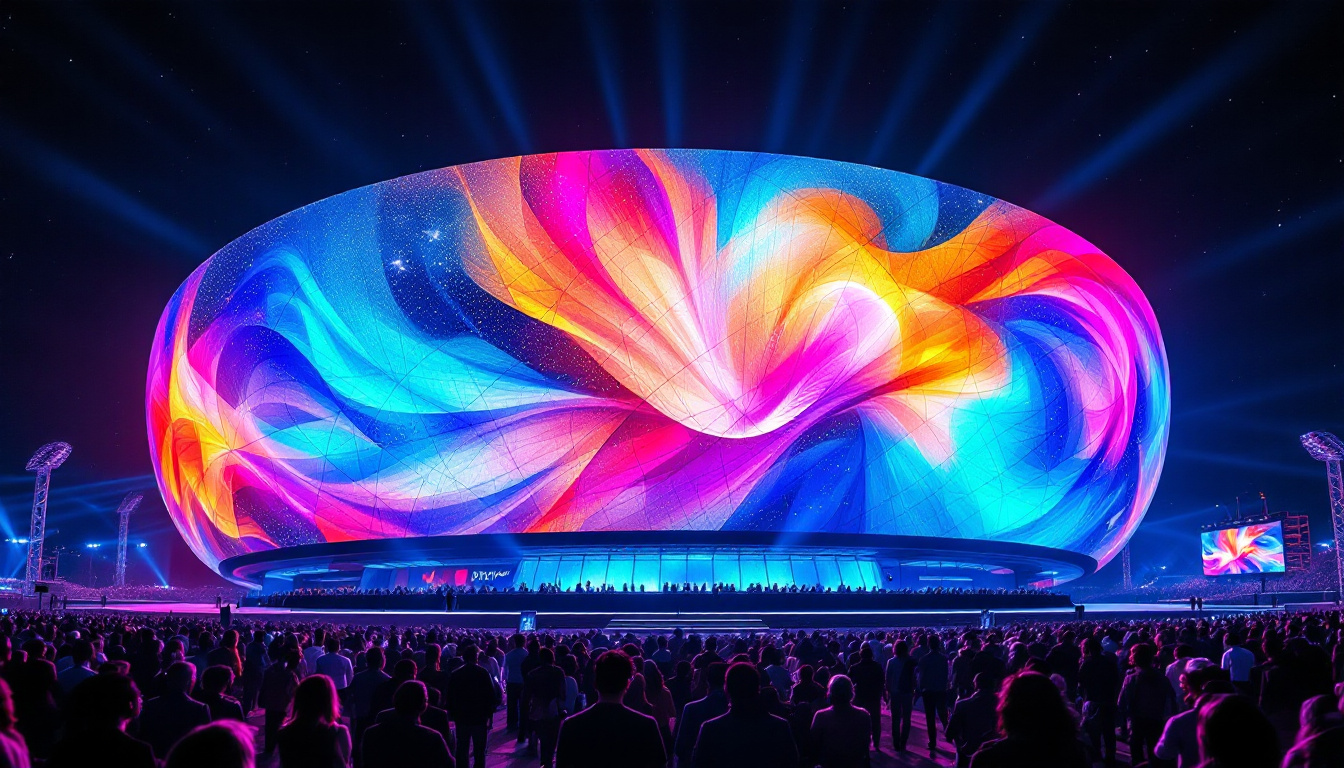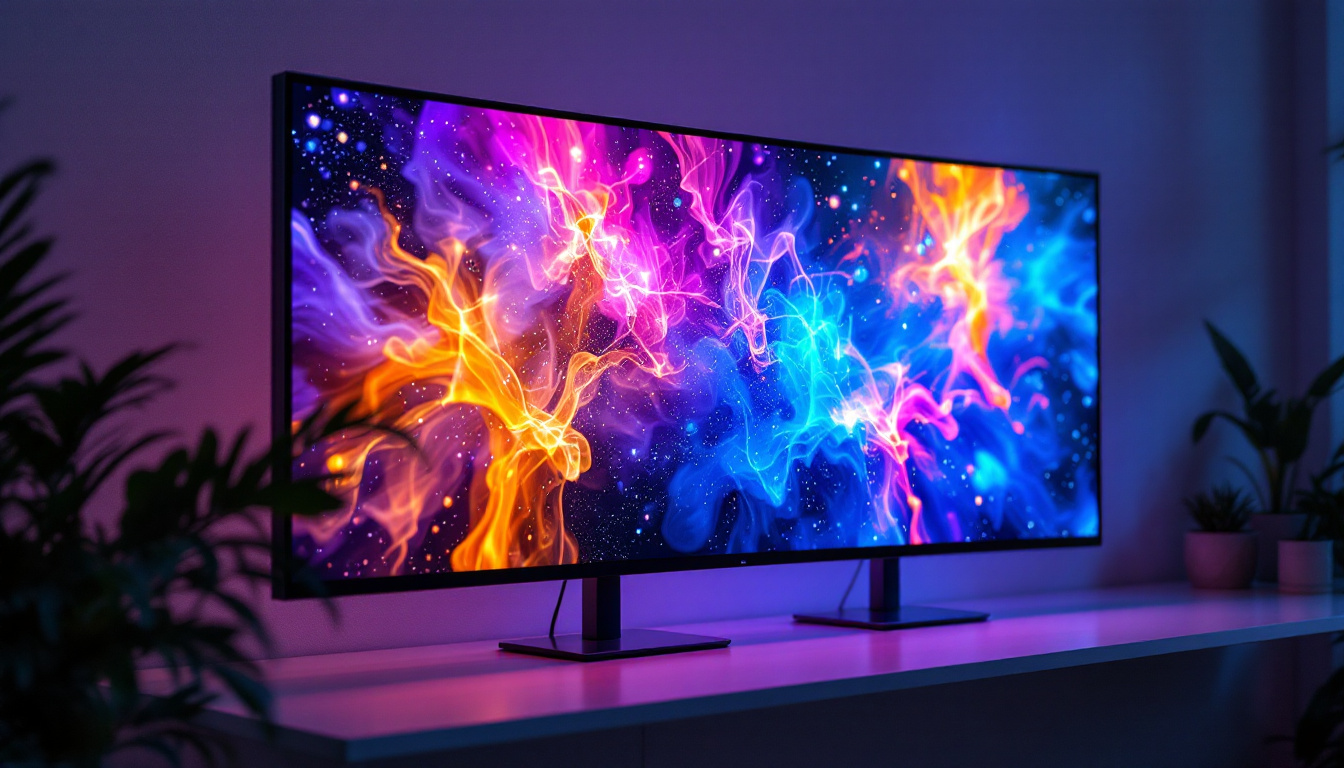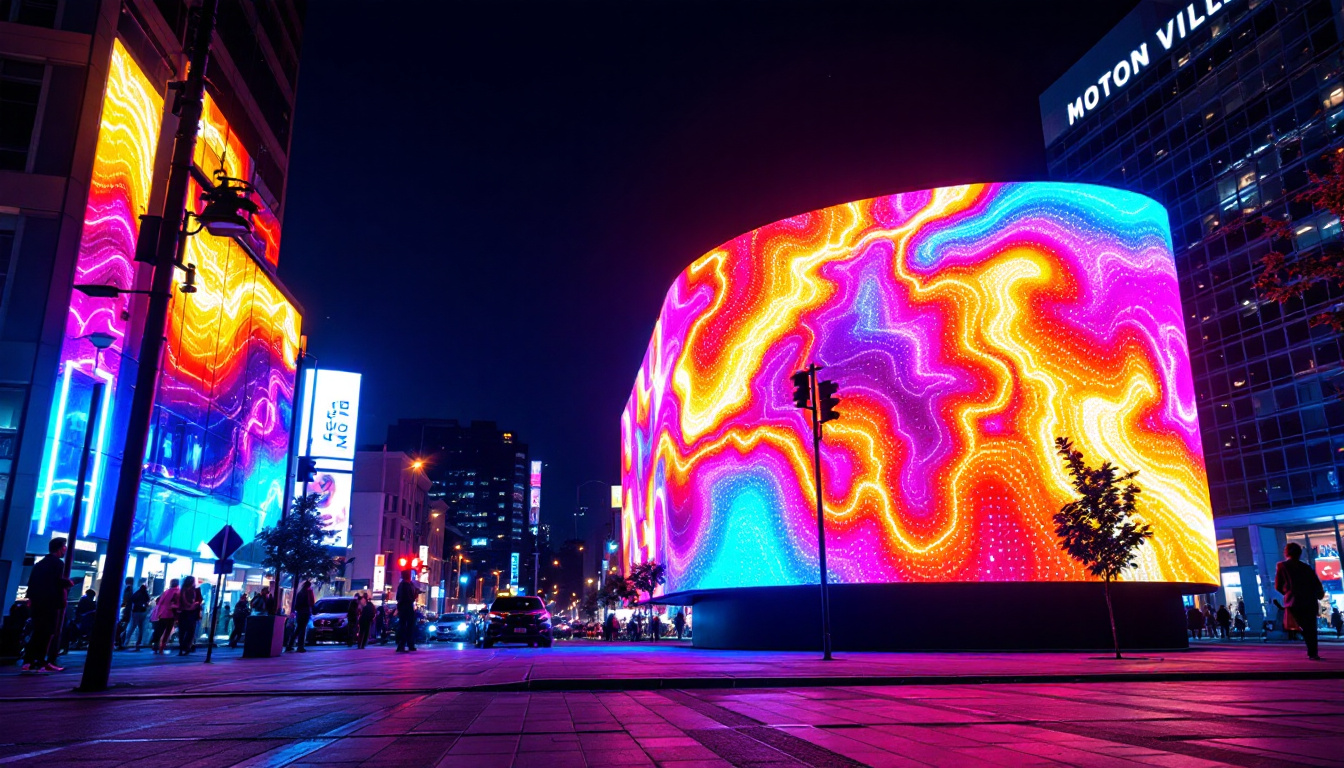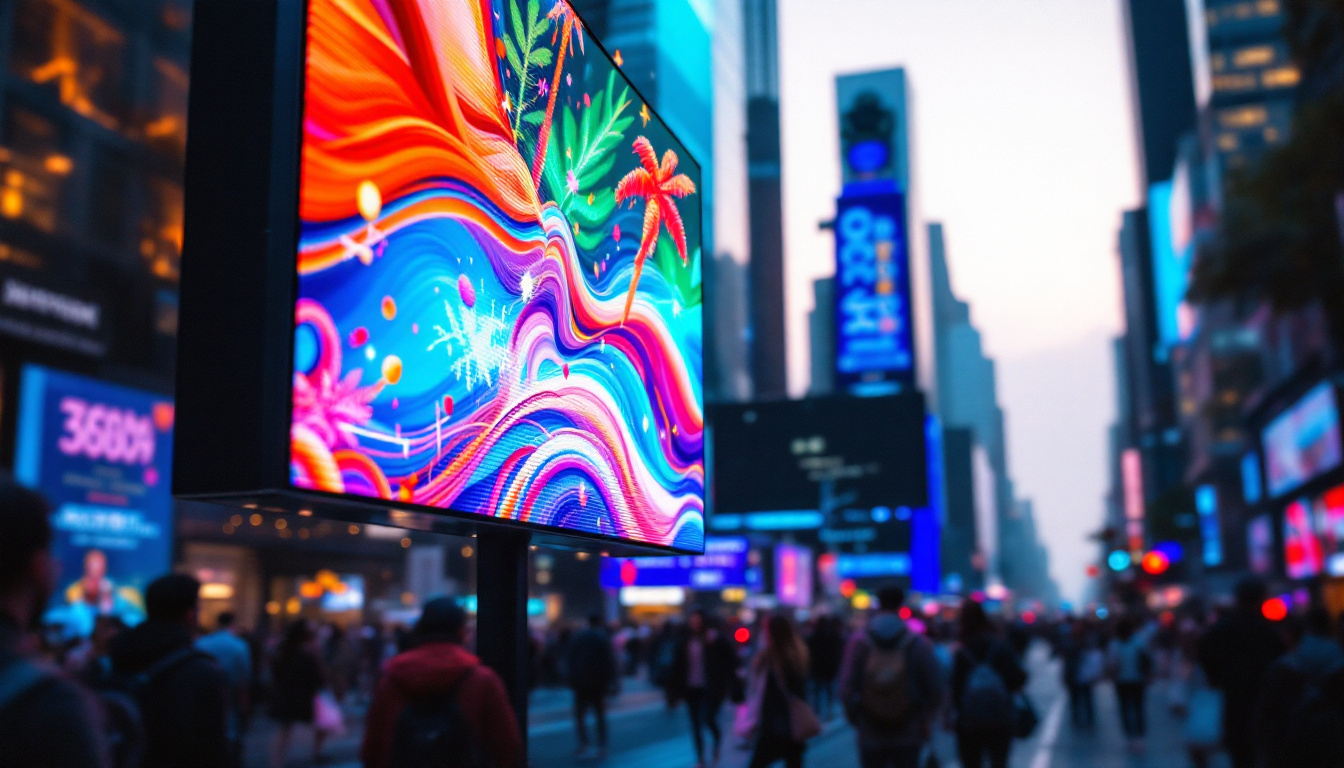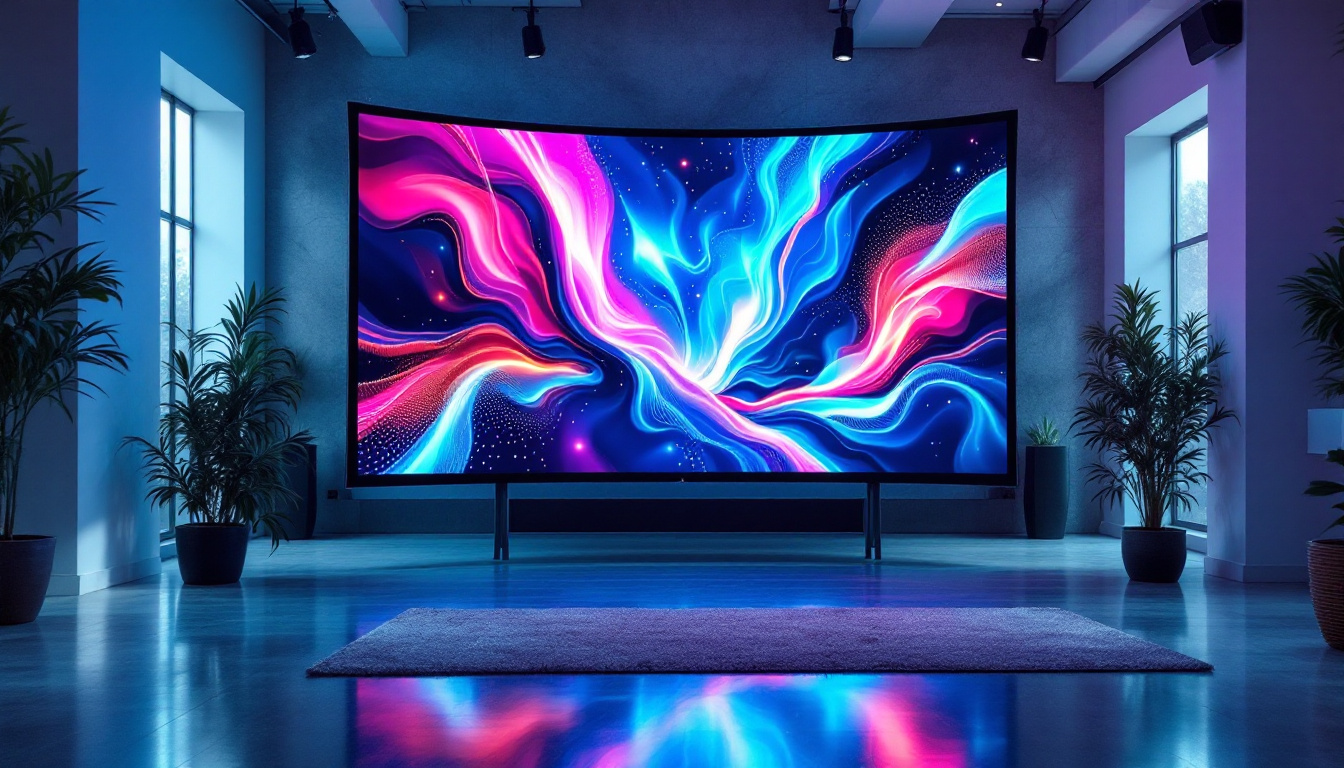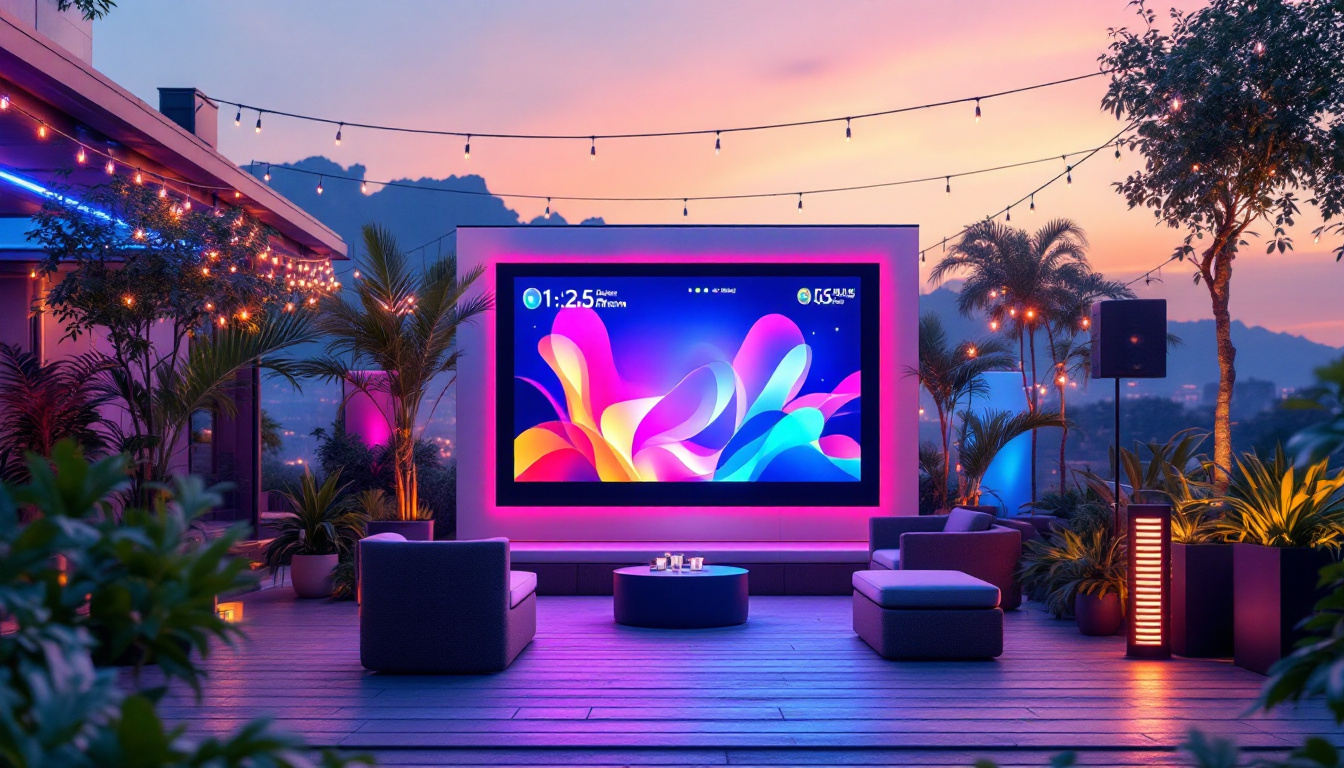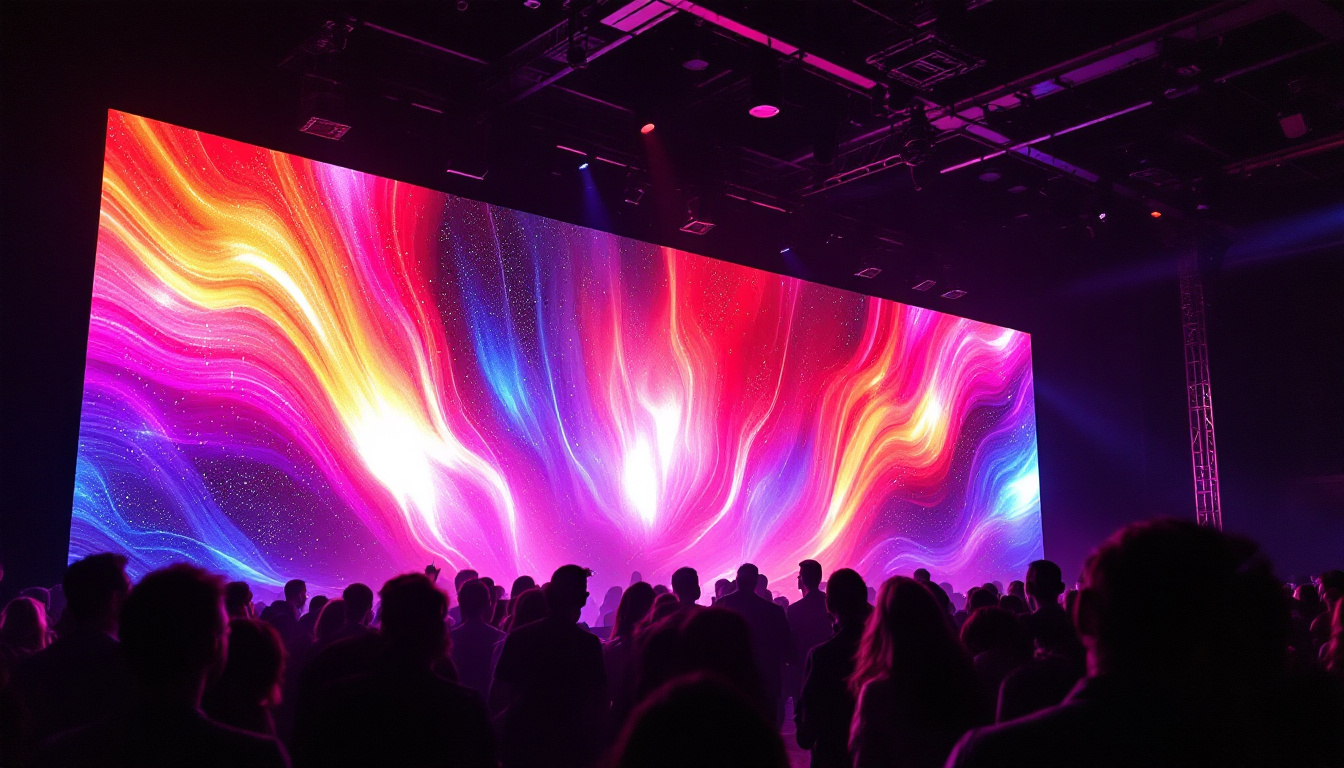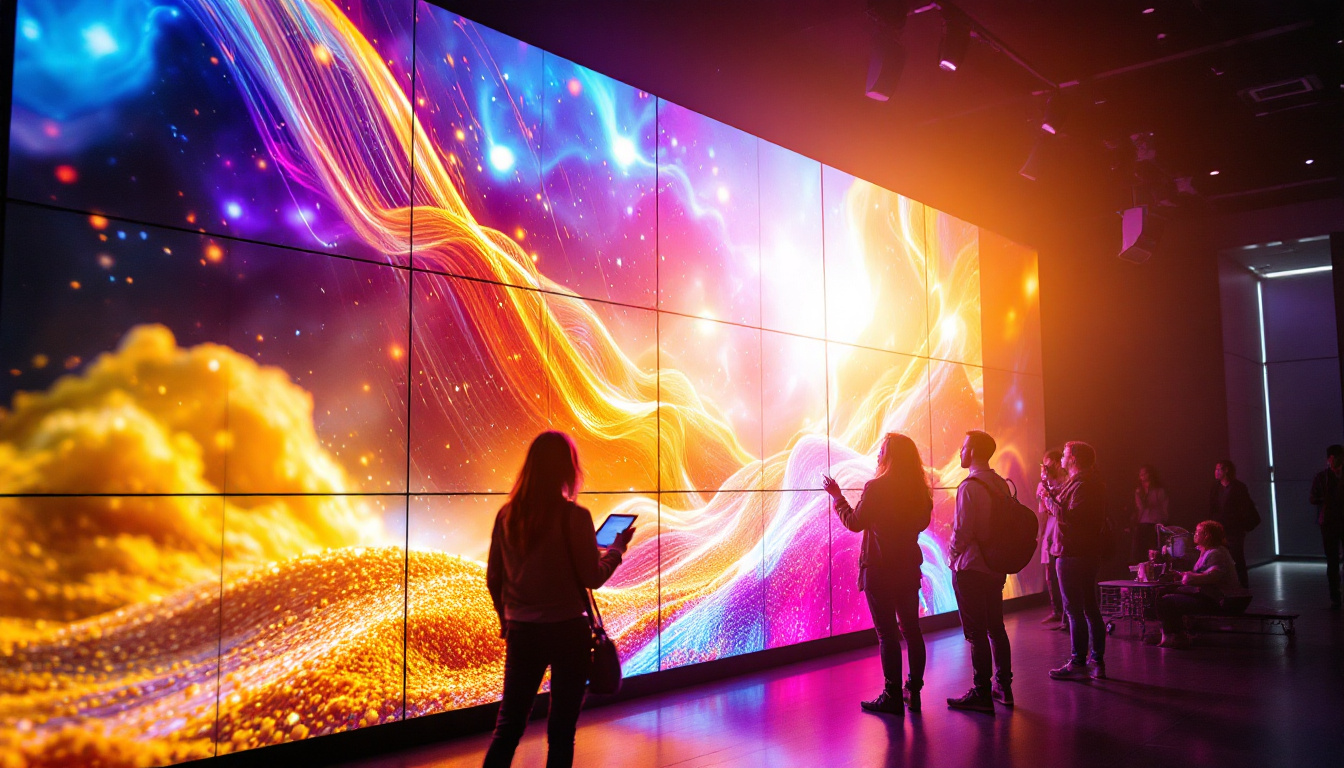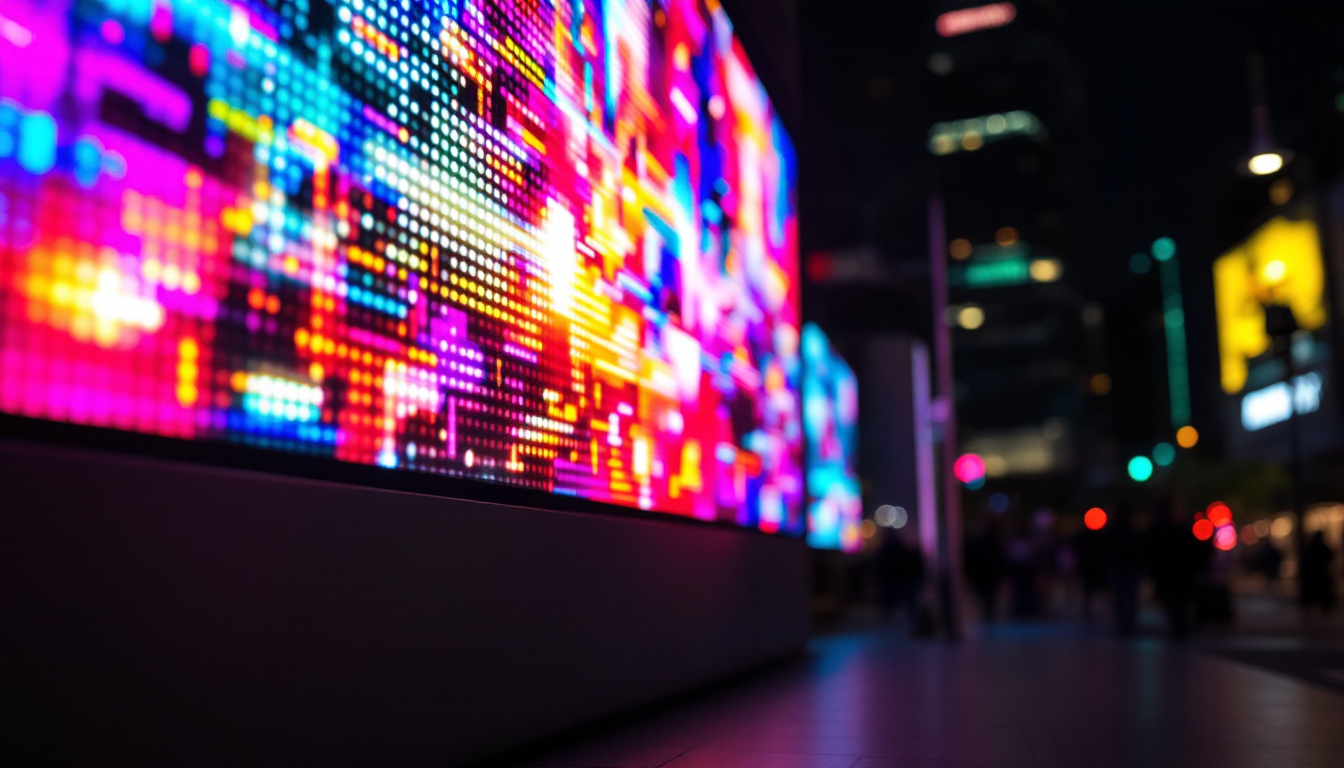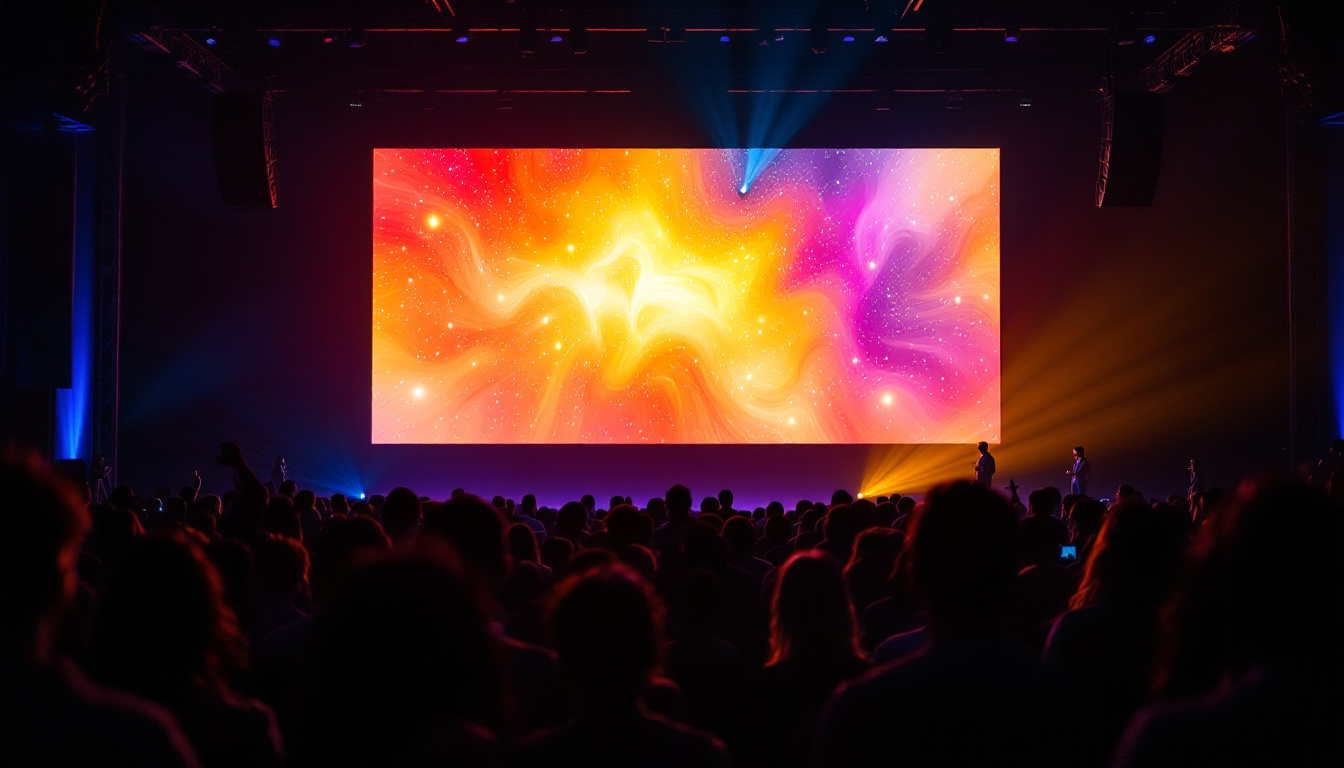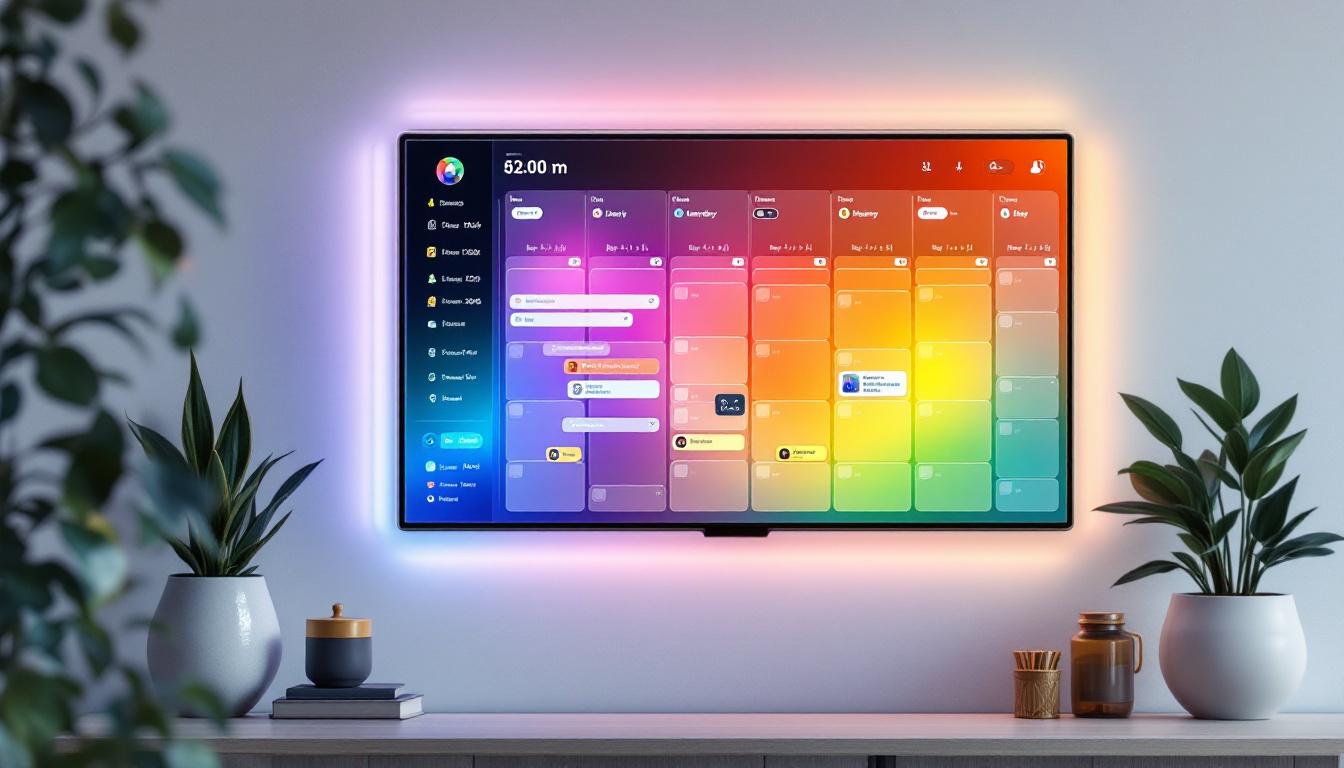In the modern world, LED displays have become ubiquitous, gracing everything from smartphones to large outdoor billboards. Understanding the technology behind these displays, particularly the role of LED integrated circuits, is essential for both consumers and professionals in the field. This article delves into the intricacies of LED displays, exploring how integrated circuits contribute to their functionality and performance.
Understanding LED Technology
Light Emitting Diodes (LEDs) are semiconductor devices that emit light when an electric current passes through them. The fundamental principle behind LEDs is electroluminescence, a phenomenon where a material emits light in response to an electric field. This section will cover the basics of how LEDs work and their advantages over traditional lighting technologies.
How LEDs Work
At the core of an LED is a p-n junction, which is formed by combining p-type and n-type semiconductors. When voltage is applied, electrons from the n-type region recombine with holes in the p-type region, releasing energy in the form of photons—this is the light that we see. The color of the emitted light depends on the materials used in the semiconductor and the energy band gap of the junction.
Different combinations of materials can produce various colors, ranging from red to blue and even white light. This versatility allows for the creation of full-color displays by combining red, green, and blue LEDs in various intensities to produce a wide spectrum of colors.
Advantages of LED Technology
LEDs boast several advantages over traditional incandescent and fluorescent lighting. They are highly energy-efficient, converting a greater proportion of electricity into light rather than heat. This efficiency not only reduces energy costs but also extends the lifespan of the light source, with many LEDs lasting tens of thousands of hours.
Additionally, LEDs are more durable and resistant to shock and vibration, making them ideal for a variety of applications. Their compact size allows for flexible designs, enabling innovative display configurations that were previously impossible with larger, bulkier lighting technologies.
The Role of Integrated Circuits in LED Displays
Integrated circuits (ICs) play a pivotal role in the operation of LED displays. These miniature electronic circuits consist of multiple components, such as transistors, resistors, and capacitors, all embedded on a single chip. This section will explore how ICs control LED displays, enabling them to function efficiently and effectively.
Driving the LEDs
One of the primary functions of an integrated circuit in an LED display is to drive the LEDs. This involves controlling the amount of current that flows through each LED, ensuring that they illuminate at the desired brightness. The IC receives signals from a controller, which determines the color and intensity of each LED based on the input data, such as images or video content.
By using pulse-width modulation (PWM) techniques, ICs can adjust the brightness of the LEDs without altering the voltage. This method involves rapidly turning the LEDs on and off at a frequency that is imperceptible to the human eye, allowing for smooth brightness control and energy savings.
Data Processing and Image Rendering
Integrated circuits are also responsible for processing the data that drives the LED display. They decode the incoming signals and convert them into a format that can be displayed on the screen. This involves complex algorithms that ensure accurate color reproduction and image rendering.
For larger displays, such as those used in stadiums or advertising billboards, multiple ICs may be used in conjunction to manage the vast number of LEDs. These ICs communicate with each other to synchronize the display, ensuring that the entire screen presents a cohesive image rather than a series of disjointed segments.
Types of LED Displays
LED displays come in various types, each designed for specific applications and environments. Understanding these types can help in selecting the right display for a particular use case. This section will cover the most common types of LED displays, highlighting their unique features and applications.
Direct View LED Displays
Direct view LED displays are made up of individual LEDs that are arranged in a grid pattern. Each pixel is formed by a combination of red, green, and blue LEDs, allowing for full-color images. These displays are commonly used for outdoor advertising and large-scale events due to their high brightness and visibility in various lighting conditions.
One of the key advantages of direct view LED displays is their ability to create large screens without losing image quality. The modular nature of these displays allows for seamless scaling, making them ideal for both temporary and permanent installations.
LED Backlit Displays
LED backlit displays utilize LEDs as a light source behind an LCD panel. This combination enhances the brightness and contrast of the images displayed, providing a more vibrant viewing experience. LED backlighting is commonly used in televisions, computer monitors, and smartphones.
These displays benefit from the energy efficiency of LEDs while maintaining the advantages of LCD technology, such as thin profiles and lightweight designs. The backlighting can be adjusted to improve power consumption and enhance the viewing experience in different lighting conditions.
Organic LED Displays (OLED)
Organic LED (OLED) displays represent a significant advancement in display technology. Unlike traditional LEDs, OLEDs use organic compounds that emit light when an electric current is applied. This technology allows for thinner, more flexible displays with superior color accuracy and contrast ratios.
OLED displays are widely used in high-end televisions and smartphones, offering deep blacks and vibrant colors. Since each pixel emits its own light, OLED displays can achieve true black levels by turning off individual pixels, resulting in an impressive dynamic range.
Applications of LED Displays
LED displays are used in a multitude of applications across various industries. Their versatility, energy efficiency, and superior performance make them suitable for both commercial and personal use. This section will explore some of the most common applications of LED displays.
Advertising and Marketing
One of the most prominent uses of LED displays is in advertising and marketing. From large outdoor billboards to digital signage in retail stores, LED displays capture attention with their bright colors and dynamic content. Advertisers can easily update their messages in real-time, allowing for targeted marketing campaigns that can adapt to changing consumer behavior.
The ability to display video content and animations further enhances the effectiveness of LED advertising, making it a preferred choice for brands looking to engage their audience. The high visibility of LED displays ensures that advertisements reach a broader audience, maximizing impact.
Entertainment and Events
In the entertainment industry, LED displays play a crucial role in enhancing live events. Concerts, sports games, and festivals often feature large LED screens that provide audiences with an immersive experience. These displays can show live feeds, graphics, and animations, creating a dynamic atmosphere that keeps attendees engaged.
Moreover, LED technology enables the creation of stunning visual effects, transforming stages and venues into captivating environments. The flexibility of LED displays allows for creative designs that can be tailored to the specific theme of an event.
Information and Communication
LED displays are also widely used for information dissemination in various settings, including transportation hubs, public spaces, and corporate environments. Digital signage can convey important messages, such as flight information at airports or schedules in train stations, ensuring that the public stays informed.
In corporate settings, LED displays can be utilized for presentations, meetings, and internal communications. The clarity and brightness of LED screens make them ideal for conveying information in large rooms or auditoriums, enhancing collaboration and engagement among participants.
Future Trends in LED Display Technology
The LED display industry is continuously evolving, driven by advancements in technology and changing consumer demands. This section will explore some of the emerging trends that are shaping the future of LED displays.
Miniaturization and Flexibility
As technology progresses, the trend towards miniaturization and flexibility in LED displays is becoming more pronounced. Manufacturers are developing smaller, more compact LEDs that can be integrated into a variety of surfaces, including clothing and accessories. This innovation opens up new possibilities for wearable technology and interactive displays.
Flexible LED displays are also gaining traction, allowing for curved and unconventional screen shapes. This flexibility enables designers to create unique installations that can adapt to different environments and applications, further enhancing the versatility of LED technology.
Smart LED Displays
With the rise of the Internet of Things (IoT), smart LED displays are becoming increasingly prevalent. These displays can connect to the internet, allowing for real-time updates and remote management. This capability enables businesses to monitor performance, analyze viewer engagement, and optimize content based on audience behavior.
Smart LED displays can also integrate with other technologies, such as sensors and cameras, to create interactive experiences. For example, a display could change its content based on the number of viewers or their demographics, providing a tailored experience that enhances engagement.
Sustainability and Energy Efficiency
As environmental concerns continue to grow, the demand for sustainable and energy-efficient technologies is increasing. The LED display industry is responding by developing products that use less energy and are made from recyclable materials. Innovations in manufacturing processes are also contributing to a reduction in waste and carbon footprint.
Future LED displays are expected to incorporate advanced energy-saving technologies, such as adaptive brightness control and solar power integration, further enhancing their sustainability. This shift towards eco-friendly solutions will not only benefit the environment but also appeal to consumers who prioritize sustainability in their purchasing decisions.
Conclusion
LED displays have revolutionized the way information and entertainment are presented, thanks in large part to the advancements in LED integrated circuit technology. From their fundamental operation to their diverse applications and future trends, understanding LED displays is crucial for anyone interested in this dynamic field.
As technology continues to evolve, LED displays will undoubtedly play an even more significant role in our daily lives, enhancing communication, entertainment, and advertising. The integration of smart technologies and sustainable practices will ensure that LED displays remain at the forefront of innovation, offering exciting possibilities for the future.
Discover Cutting-Edge LED Display Solutions
Ready to elevate your visual communication with the latest in LED technology? Look no further than LumenMatrix, a pioneer in crafting immersive LED display modules tailored to your needs. From vibrant Indoor LED Walls to dynamic Outdoor LED Displays, and from versatile Vehicle LED Displays to sleek LED Poster Displays, LumenMatrix offers a comprehensive range of solutions. Whether you’re looking to captivate with an LED Sports Display, innovate with a Floor LED Display, or customize your message with a Custom LED Display, LumenMatrix has you covered. Embrace the future with our All-in-One LED Display and LED Transparent Display options, designed to revolutionize your brand’s visibility and audience engagement. Check out LumenMatrix LED Display Solutions today and transform the way you share your message with the world.

